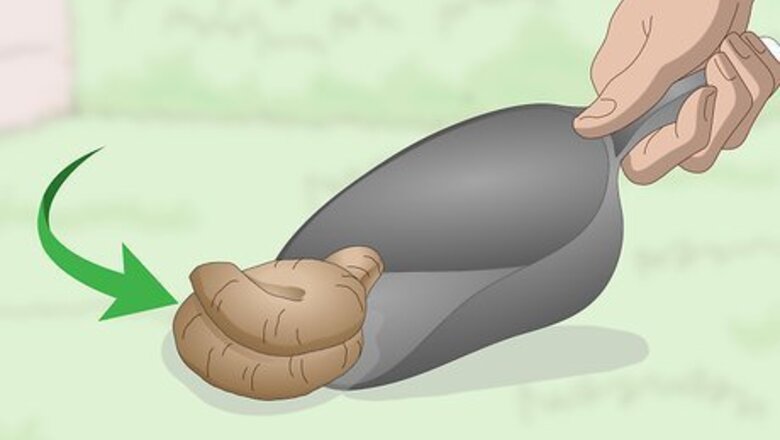
views
Using a Plastic Bag
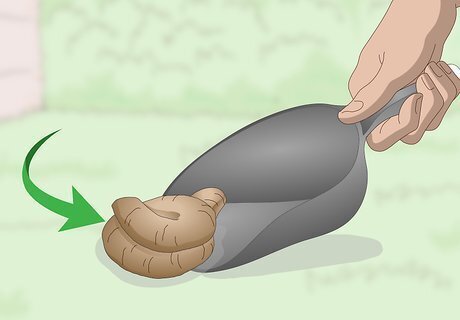
Pick up dog poop, even from your own yard. While it may seem like it's fine to leave dog poop in your own yard, it can contain bacteria and other parasites. They can infect you if you do any gardening, as well as any kids who play in the backyard. If the dog poop gets in the storm drain, those same bacteria and parasites can show up in local lakes and rivers where people swim. It can infect people who swim in those areas or even end up in shellfish consumed by people.
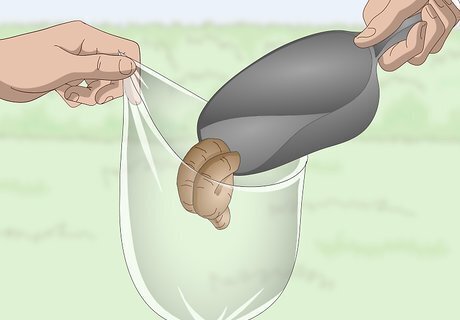
Place the dog poop in a plastic bag. Once you've scooped it with a shovel or other type of dog poop scooper, place it in a bag with no holes. Bagging the poop to send to the landfill is the best way to contain and kill any bacteria living in it. You can even use the bag to scoop up the poop. Put it over your hand, inside-out. Grab the poop with your hand covered in plastic, then flip the bag around it.
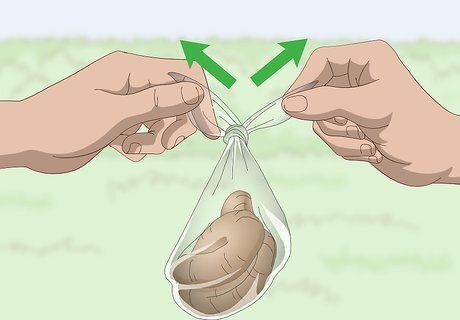
Tie up the bag neatly. Seal up the bag as well as you can. Tie a double knot if it has handles, for instance, such as with a grocery bag. If it's a straight bag, like a bag meant for scooping poop or a grocery bag for vegetables, tie a single knot in it by making a loop with the top half of the bag and pulling the top end through the loop. Sealing up the bag helps ensure bacteria and other parasites won't get out.
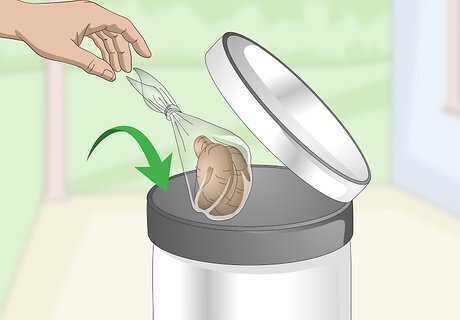
Put the bag in the trash can. If you need to, you can bag it with other trash, then drop it in your trash cans or dumpsters to be picked up by the city. Don't put it in with the yard waste. If you're away from your home, stick it in a public trash can or a disposable unit specifically designed for dog poop. Always carry plastic bags with when you take your dog out.

Wash your hands thoroughly. Even if you didn't technically touch the poop, it's still a good idea to wash your hands. Use warm water and soap, and scrub your hands for at least 20 seconds before rinsing.
Getting Rid of Dog Poop in Other Ways

Flush the poop down the toilet. After all, your waste goes there, as well. Use a flushable bag, specifically made for this purpose, which you can find online. You should never flush a regular plastic bag, as the city's septic systems won't be able to handle it. Once you put the poop in it, simply flush it away. You don't have to buy special bags; you can simply dump the poop out of the bag into the toilet and toss the bag into the trash. You can even buy what amounts to a toilet for the backyard, specifically made for dog poop. One such product is called the Powerloo. It's connected to your sewer line, and you can scoop the poop directly into it.

Dig a hole in your backyard that's 1 ft (0.30 m) deep. Bury the waste at this depth to prevent it from contaminating the rest of your yard. Don't dig near any vegetables you may be growing, and always call your city to find out where lines are buried first. Don't use the same spot all the time.
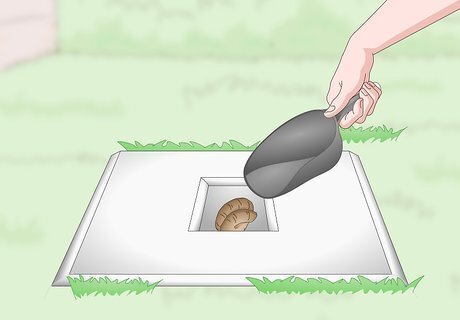
Try a mini septic tank meant specifically for dog poop. This works basically like a regular septic tank. Start by digging a hole for it in your backyard. Then, set the bucket in the ground. Scoop your dog's poop into it, and add the enzyme powder once a week. Water the powder into the poop. This tank breaks down the poop safely and returns it to the ground.
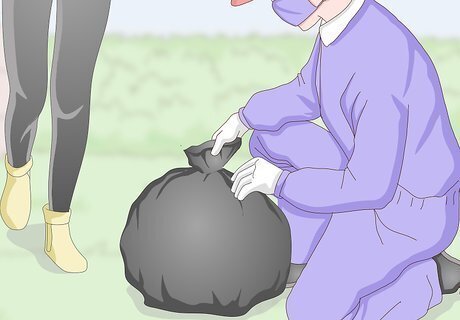
Hire a composting company to haul the poop off. Search online to find local composting companies that are willing to pick up your dog poop. Check with the company to find their policies; some may want you to use biodegradable bags for the poop, for instance. While you can compost dog poop at home, heat-composting may not get hot enough to kill off all the bacteria and parasites.
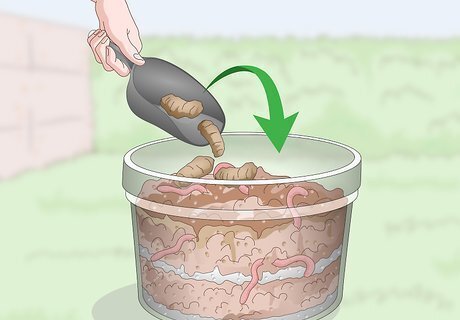
Use worms to get rid of the poop. A worm farm is a way to turn kitchen waste and even pet poop into fertilizer for your garden. Find a worm kit online to keep in your backyard, which will include a bin to hold the worms. Scoop the poop into it for the worms to eat. They will turn it into usable fertilizer for your yard. You can even build your own worm bin.



















Comments
0 comment